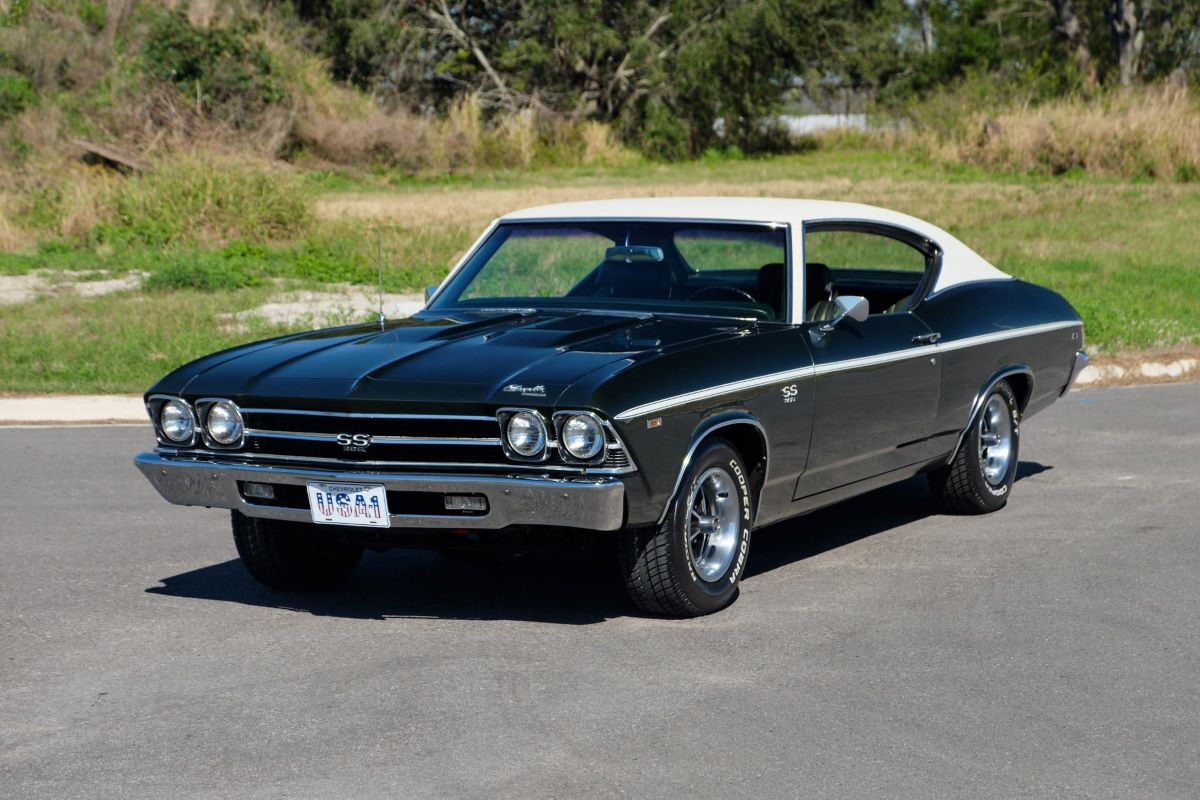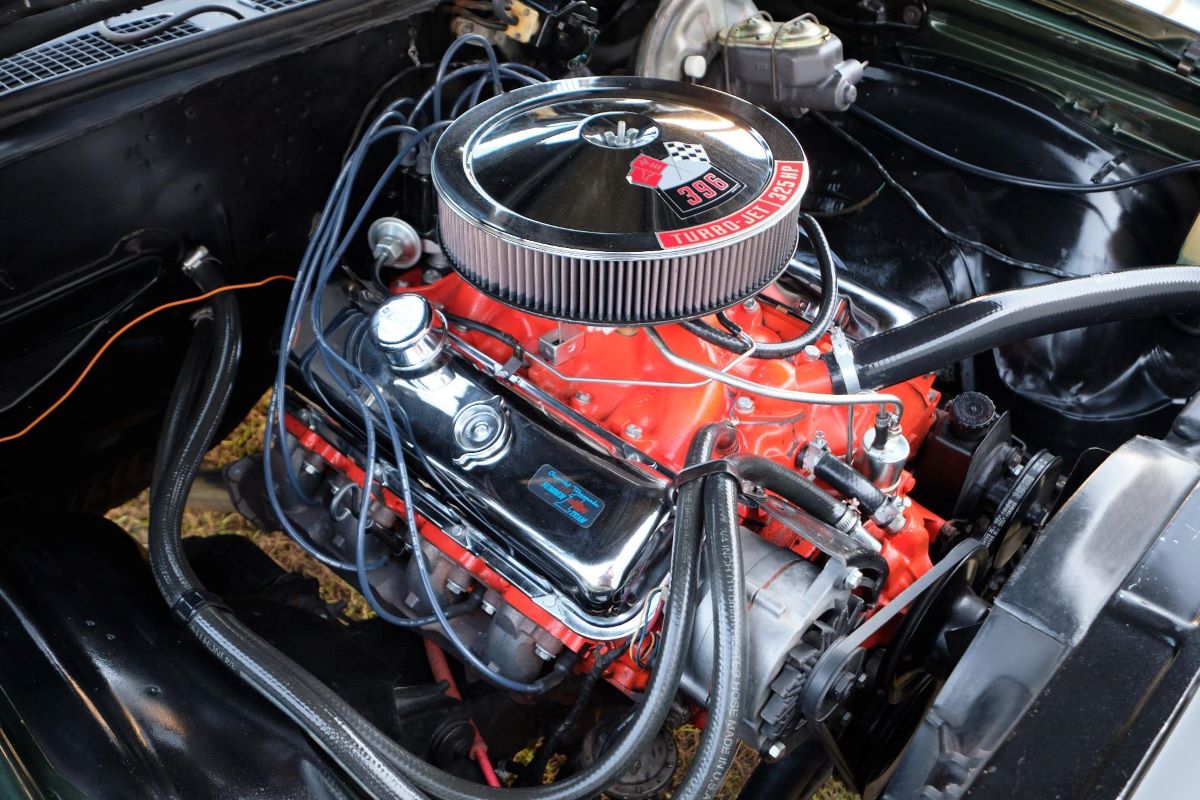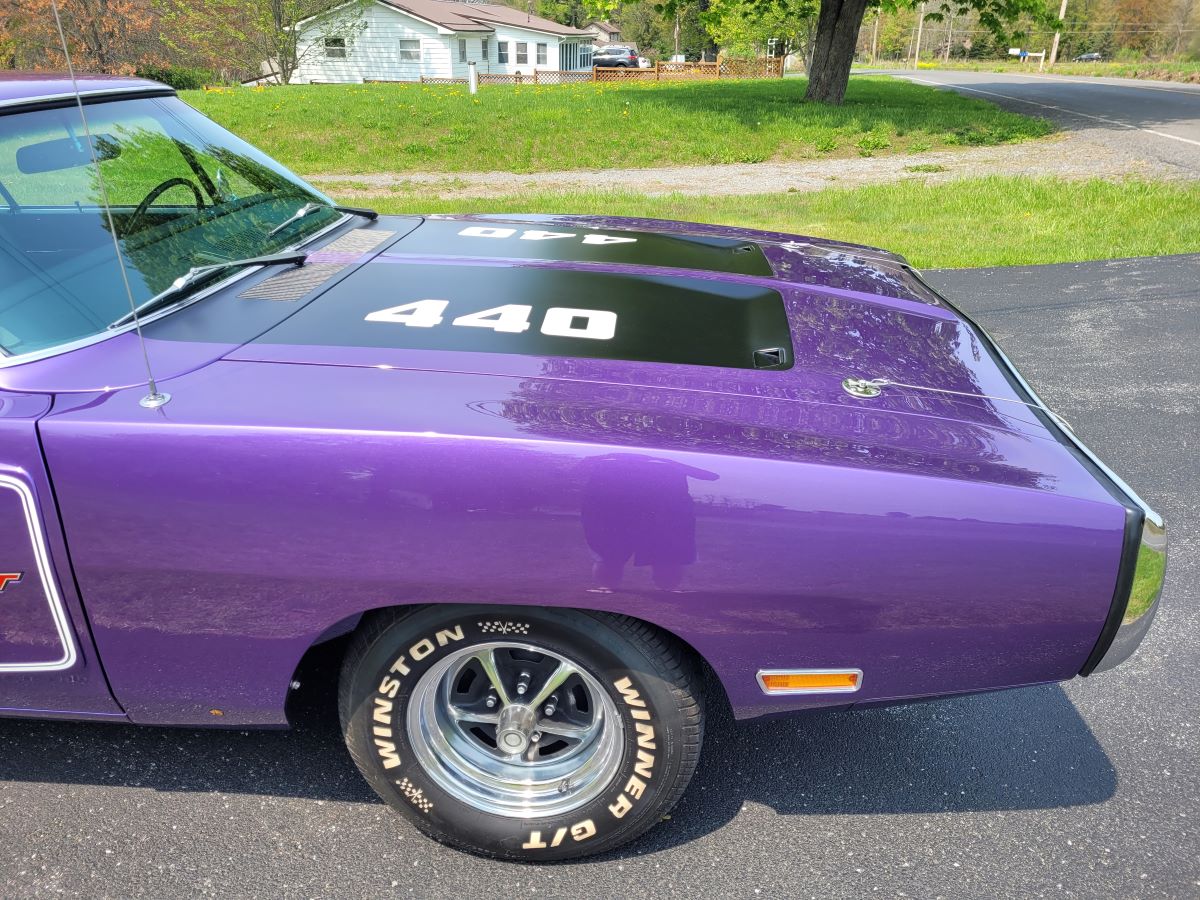Is there a car that you previously felt was unattractive yet now seems to have a certain factor that makes it appealing? I feel that way with the 1961 Plymouth, which got hit with the ugly stick yet there’s some kitsch factor that gives it collector appeal. Can you think of another one?
In this week’s Friday AutoHunter Picks, there is one car (two?) that I believe fulfills that role.

1969 Chevrolet Chevelle SS 396
Wednesday was Chevelle Day at the ClassicCars.com Journal, with several Chevelle features and auctions commencing on AutoHunter, so why not pick my favorite Chevelle of the bunch? Truth be told, I’m not a 1969 Chevelle guy (which unseated the Pontiac GTO as the best-selling muscle car), yet here I am choosing this particular car. Why?

Because it’s pretty. I think I’m attracted to color more than most, and this car is trimmed quite nicely: Fathom Green body with white vinyl stop and side stripes. Doesn’t even make a difference what color the interior is at this point, though it’s Midnight Green … yuck, right? That white top surely helps set it off! Other features include an M20 four-speed and L35 396/325 so it has a good feature mix.

1972 Saab 95 Wagon
I remember seeing these from time to time when I was a kid, but I never had the impression they were unusual. Maybe it’s because the Saab 99 and 900 were already in production and the evolution between old and new appeared less drastic to me? Yet once Saab adopted the four-stroke Ford V4 in 1967, it certainly was less unusual. Trivia I’ve just learned: the 95 is the wagon version of the 96 sedan.

This 95 features a vintage earthtone hue and is backed by a column-shifted four-speed manual. Take a look inside and it looks less unusual inside, almost like a Peugeot or Fiat from the era. Believe it or not, there is third-row seating in the classic rear-facing position too! Those beats emanating from the Alpine AM/FM/cassette stereo may be ABBA, the Cardigans or Dungen, for all I know.

1980 AMC Pacer DL Wagon
The 1978 facelift never did it for me, but it was a logical update from an era when upright grilles were the norm. I admit I was surprised to learn these were built through the 1980 model year, with production ending in December 1979. The wagon, which was introduced in 1977, makes the Pacer look more mainstream, so those not keen on the novel fishbowl look may prefer this.

Nonetheless, vintage Pacers are cool, an anti-collectible of sorts. This 27,868-mile 1980 Pacer wagon features a 4.2-liter inline-six and a three-speed automatic on the column, which likely was the most popular configuration. A beige cloth bucket seat interior and air conditioning are nice options for comfy trips to car shows and cruises to impress folks that there still are Pacers to be found.

1970 Dodge Charger R/T
Everyone loves Chargers! But are you a 1968, 1969 or 1970 guy/gal? Some people love the round taillights of the 1968, others prefer the wide taillights of the ’69, and then there are those who think the ’70, with its high-back seats, fancy colors and candy (like the door scoops and the optional spoiler), is the bee’s knees. I’m an in-betweener (1969), though I understand the charms of the ’70 when optioned right.

Plum Crazy was the most popular color for the Charger R/T, but the 440 Six Pack has rarity on its side with under 700 built. The uncommon V21 hood stripes (documented on the fender tag) are nicely complemented by the V24 decals (added) that show what’s underneath the hood. For a 1970, this particular example is high on the totem pole of desirable Chargers.





